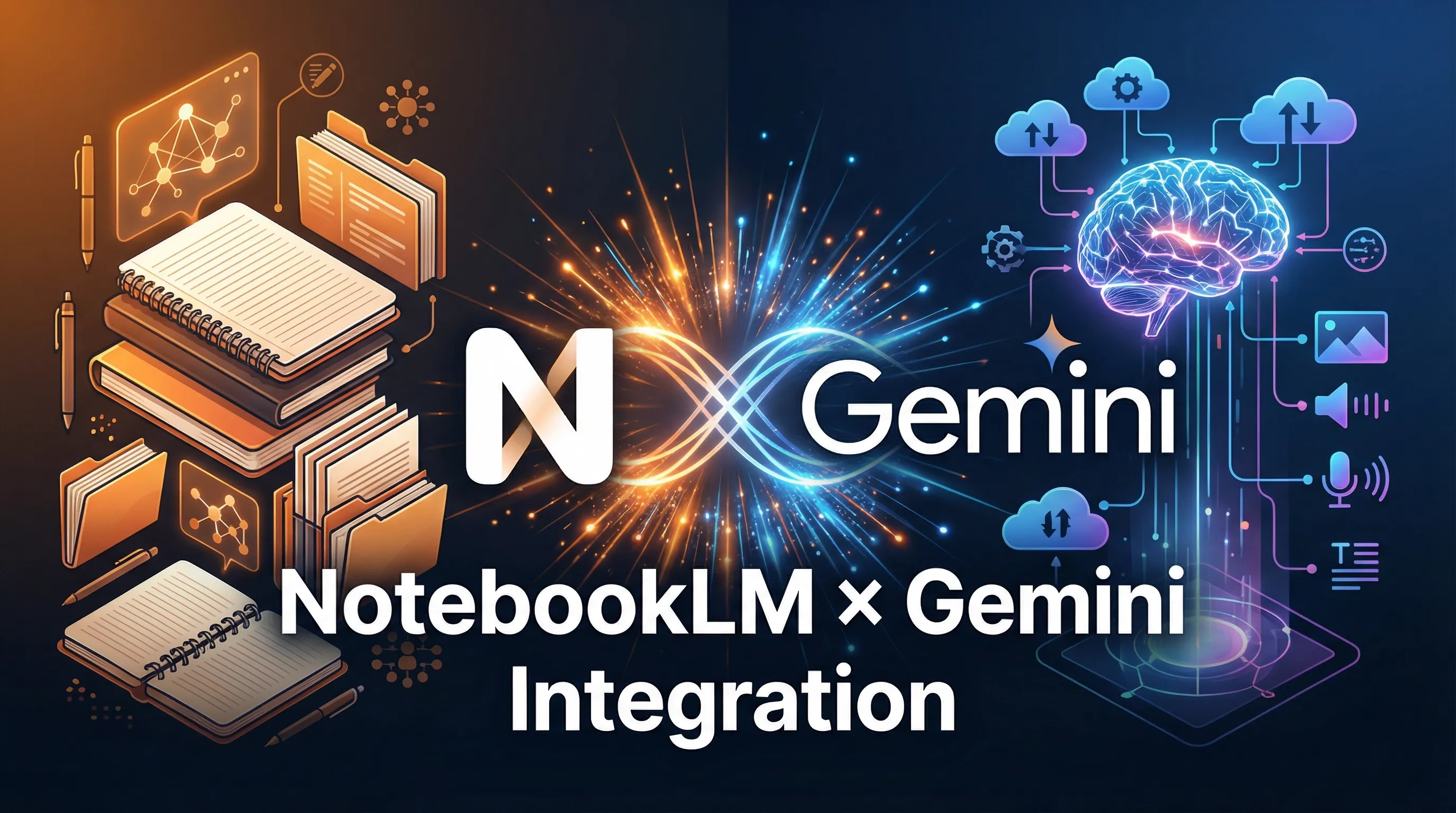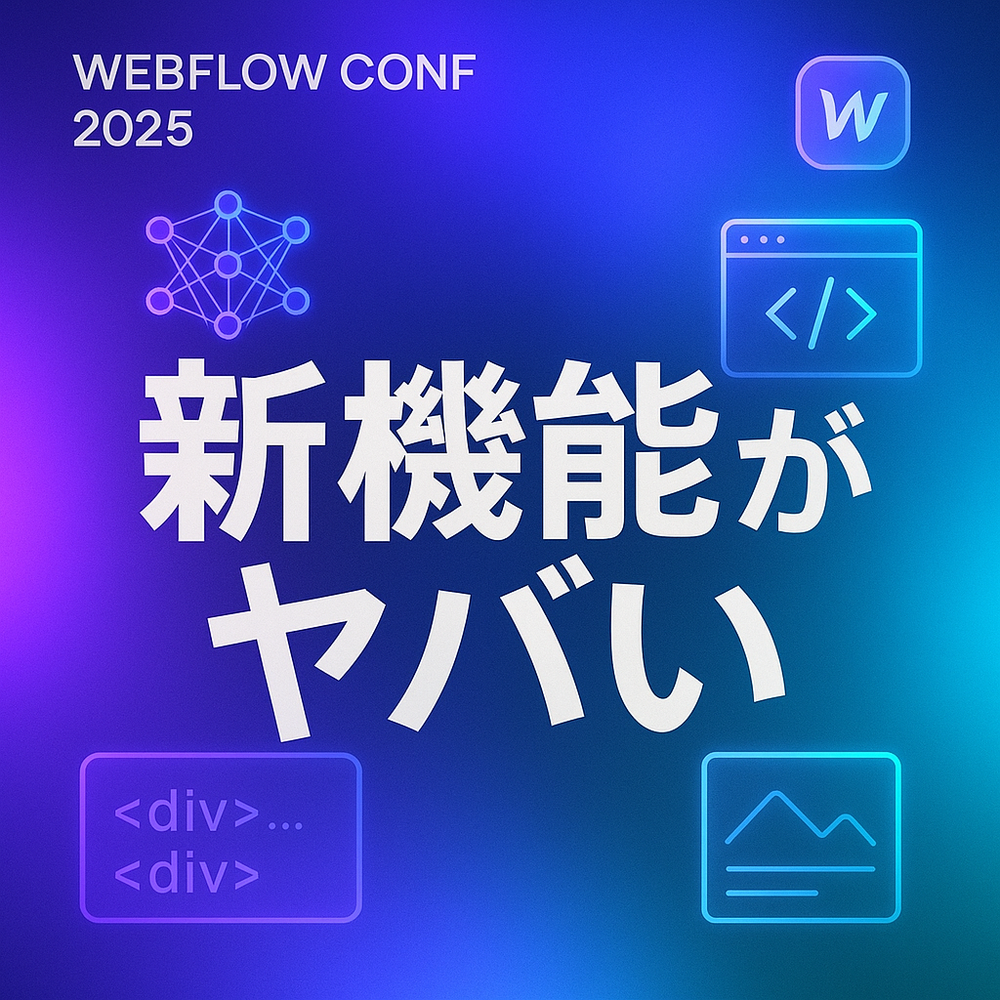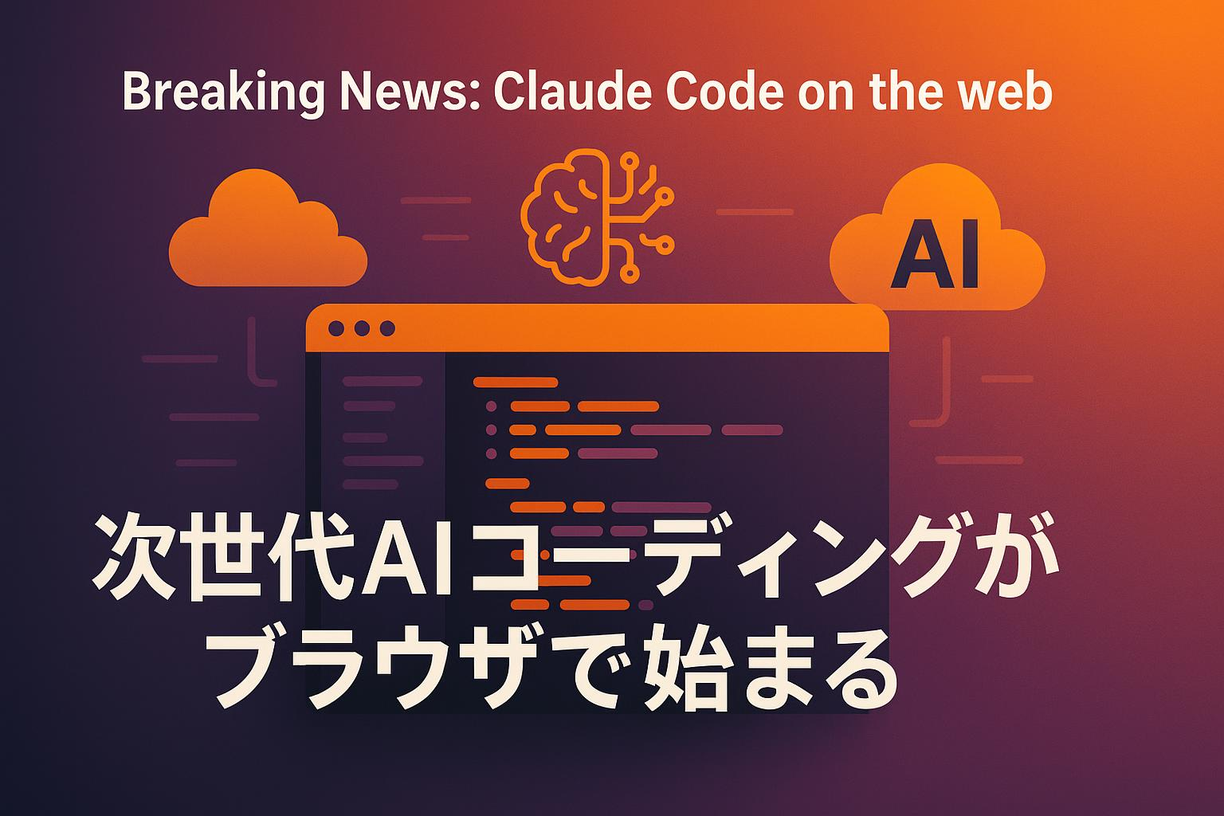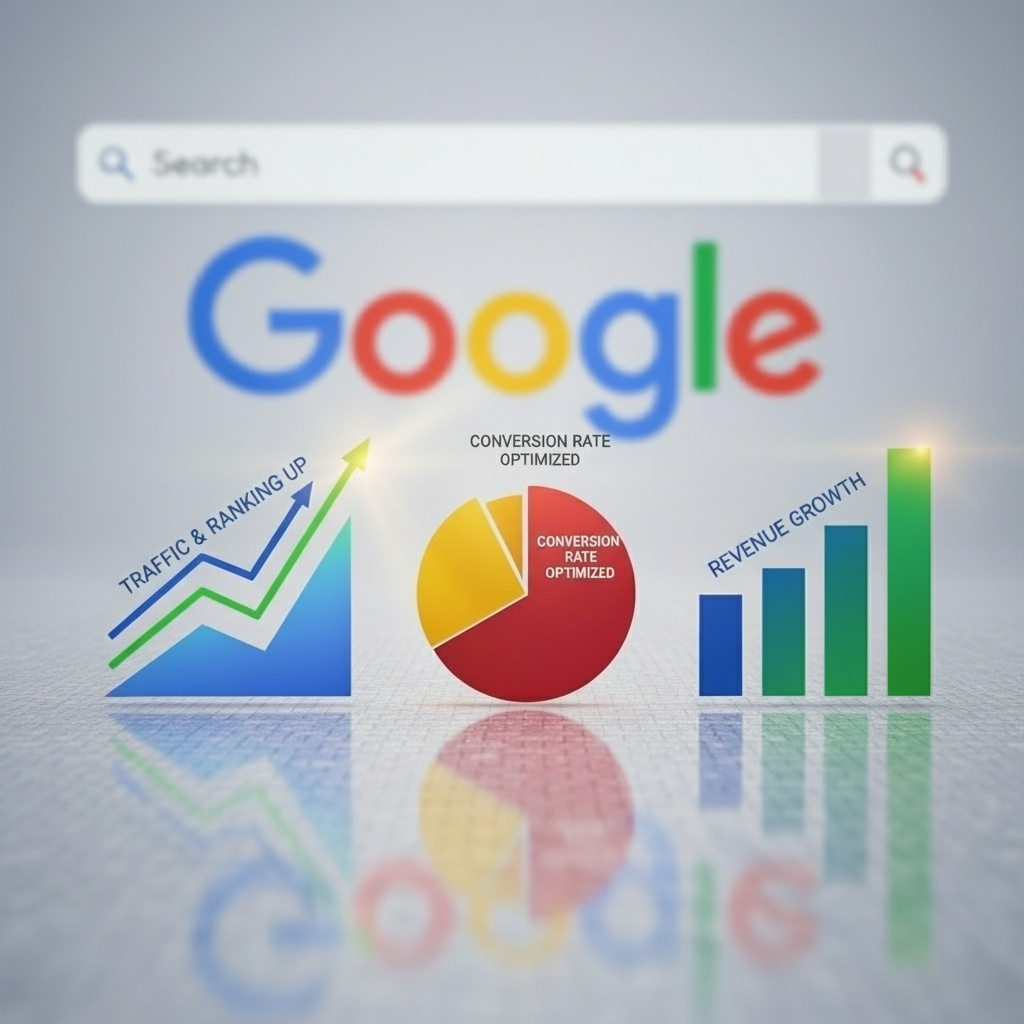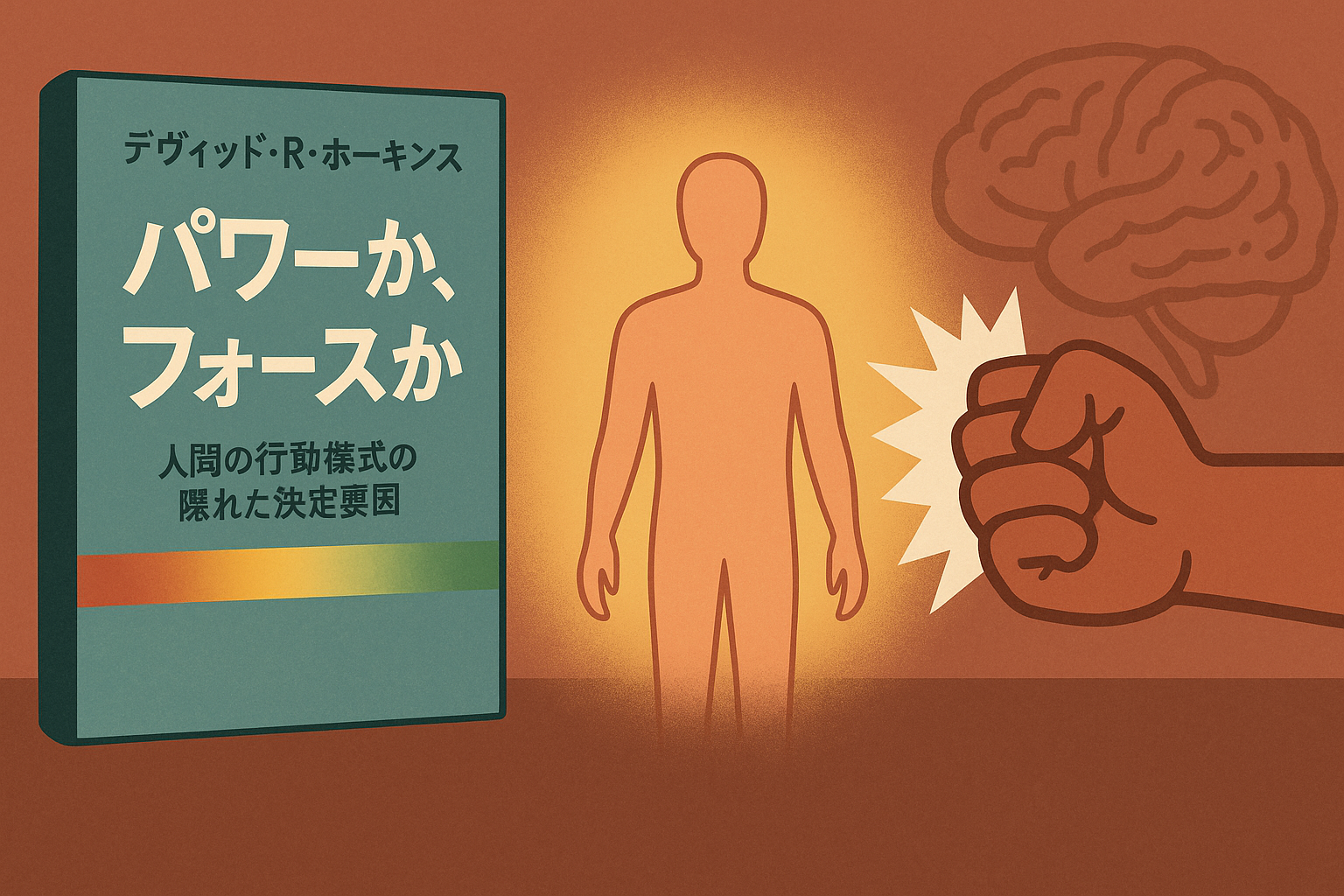hello! I'm a single creator who loves making websites.
The other day, a small festival-like event, “Webflow Conf 2025,” was held in the web production community. Every year, new features are announced to make creators like us excited, and this year in particular, “The Future Has Arrived!” It was all exciting content that made me feel it.
This time, while looking back on what was presented in that keynote, I'd like to talk a little bit about what I felt when superimposed on my own web production experience, and how future web production will change. We aimed to be such a blog where you can easily read even with coffee with one hand without using technical terms as much as possible.
1. No coding required! But it's professional grade. That was my encounter with Webflow
I first came into contact with Webflow a few years ago. Until then, even though I was good at design, time was always spent coding to shape it. There were many exchanges between designers and engineers, saying, “How should I incorporate this design into the code...”, and time just passed... If you've had that kind of experience or been involved in web production, you've probably experienced it at least once.
At that time, Webflow was a real shock. With intuitive operation as if you were touching a design tool, you can create a beautiful website that is second to none. I was really moved by the feeling that the design I had imagined took shape as it was without being blocked by coding barriers. For me, Webflow isn't just a tool; it's become my best partner to unleash my creativity.
2. AI does not “take away jobs,” but rather gives you “creative time”
The biggest theme of this Webflow Conf was, after all, “AI.” Honestly, “if AI evolves, won't our jobs disappear?” There were times when I felt a little uneasy. But when I saw what was announced, that thought changed 180 degrees.
For example, the evolution of the “AI Assistant” announced this time. This is truly a “smart assistant” that not only generates sentences, but also understands the overall structure and design of the site and helps even with complex tasks. AI takes over tasks that have taken time until now, from organizing troublesome class names, updating CMS content, and even componentizing sections. This allows us to focus more on essential, creative aspects such as “what to convey” and “how to express it.”
What surprised me even more was the “AI-Powered Code Gen.” What, with just one prompt (instruction), it is possible to create full-scale web applications and even reusable code components. This is a dream come true for non-engineers. Maybe the time is right around the corner where anyone can give shape to ideas they had given up until now, even if they thought “it would be nice to have such a function” until now.
3. “I Can't Go Back to Those Days Anymore” team production changes dramatically
A website isn't created by one person. Designers, engineers, writers, marketers... Because so many people are involved, communication is inevitable. There are times when you are buried in “I said it, I didn't say it” questions and answers, and a large number of correction requests, and I almost lost sight of the original purpose...
What seems to blow away such team production worries is the “real-time collaboration” function. Team members will be able to simultaneously edit the same pages in real time, just like Google Docs. While the designer is making adjustments to the design, the writer corrects the copy. Such a scene may become commonplace. This will eliminate unnecessary rework and wait times, and the project should move forward more quickly.
Furthermore, “comment-only links” is also a slightly nice feature. Stakeholders who don't have a Webflow account will also be able to receive feedback directly on the site by simply sending a review link. There's no need to worry about putting red characters on screenshots and having them send them by email anymore.
4. The day when the barriers between designers and engineers will disappear
In this announcement, many features have also been introduced that further blur the line between design and development.
“Component canvas” makes it possible to create and edit components in an environment independent of the page, making it possible to manage a consistent design system more efficiently throughout the site. Also, if you use “Code components,” you will be able to visually handle components written with authentic code like React on the Webflow canvas.
While this makes it easier for designers to step into more technical areas, it also means that engineers can check in real time how the components they have created are utilized in actual designs. By understanding and respecting each other's domain, we'll be able to create more advanced and interactive web experiences like never before.
What will be required of future web creators
Numerous new features announced at Webflow Conf 2025 suggest that the future of web production will be more creative, faster, and more collaborative.
AI does troublesome work, and tools make team collaboration smooth. In such an age, what is required of us creators?
I'm sure that is the ability to face the essential question of “what and why do we make it.” Who do you want to deliver value to? What kind of experiences should we design for that? Of course, skills to master tools are important, but beyond that, “planning ability” and “creativity” to discover issues, shape ideas, and move users' hearts will become our value.
The evolution of Webflow may not be taking our jobs away from us, but rather a powerful tailwind that elevates us from “workers” to “creators.”
I can't help but look forward to seeing what future web production will look like. I, too, would like to keep learning and creating so as not to miss this new wave.
Thank you for reading to the end!


